We are delighted to announce that UKCTAS has been successful in securing future funding through a multi-funder research initiative; the UK Prevention Research Partnership (UKPRP). UKTCAS academics joined forces with new collaborators and a range of public and private sector organisations to apply to the UKPRP.
The new consortium has now been awarded £5.9 million funding over five years and is called SPECTRUM (Shaping Public hEalth poliCies To Reduce ineqUalities and harM).
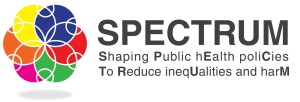
UKPRP research grants aim to develop, test and  refine new, practical and cost-effective approaches to preventing non-communicable diseases at scale, which will in turn help to reduce health inequalities across the UK. The initiative is supported by twelve funders from UK Research and Innovation research councils, charities and government. In its first round of funding, four Consortia and four network grants have been awarded.
refine new, practical and cost-effective approaches to preventing non-communicable diseases at scale, which will in turn help to reduce health inequalities across the UK. The initiative is supported by twelve funders from UK Research and Innovation research councils, charities and government. In its first round of funding, four Consortia and four network grants have been awarded.
Prof. Linda Bauld, University of Edinburgh
“SPECTRUM intends to address some of the most controversial questions facing the health of our population. To reduce diseases like cancer, heart disease, diabetes and respiratory diseases we need to address their main preventable causes. To do so means introducing and enforcing public health policies that often clash with the business interests of very profitable companies.
SPECTRUM aims to produce research that can rise to this challenge. This research will be used by our partners outside of academia, who will be active members of SPECTRUM, to make the case for effective policy and practice to improve health and address inequalities in the UK and further afield.”
The SPECTRUM Consortium is led by Professor Linda Bauld (pictured above) from the University of Edinburgh and for the last 10 years has been the deputy director of UKCTAS. Co-investigators and collaborators from 10 Universities in the UK and one in Australia are included. In addition, the Consortium brings together leading alliances that aim to improve health and reduce inequalities in the UK and further afield, along with Public Health England, Health Scotland, Public Health Wales and two independent companies specialising in statistical modelling and retail data.
SPECTRUM will aim to conduct research to prevent and address harm to health from unhealthy commodities by using systems science to identify and evaluate solutions. The focus of the new Consortium will be the commercial determinants of health and health inequalities, continuing UKCTAS’s work at the population level on tobacco and alcohol, but also extending to unhealthy food and drink products where appropriate. The research will be organised around 8 inter-related Work Packages involving new research, along with knowledge exchange, impact and public engagement activities.



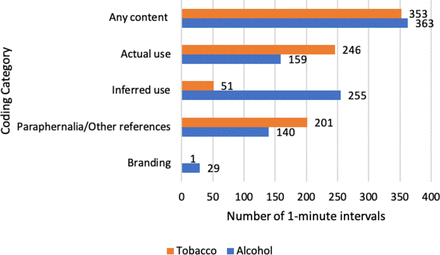


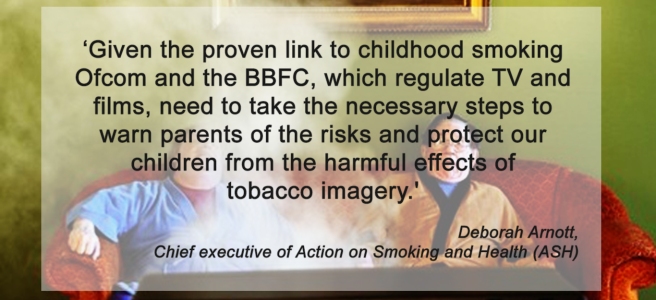





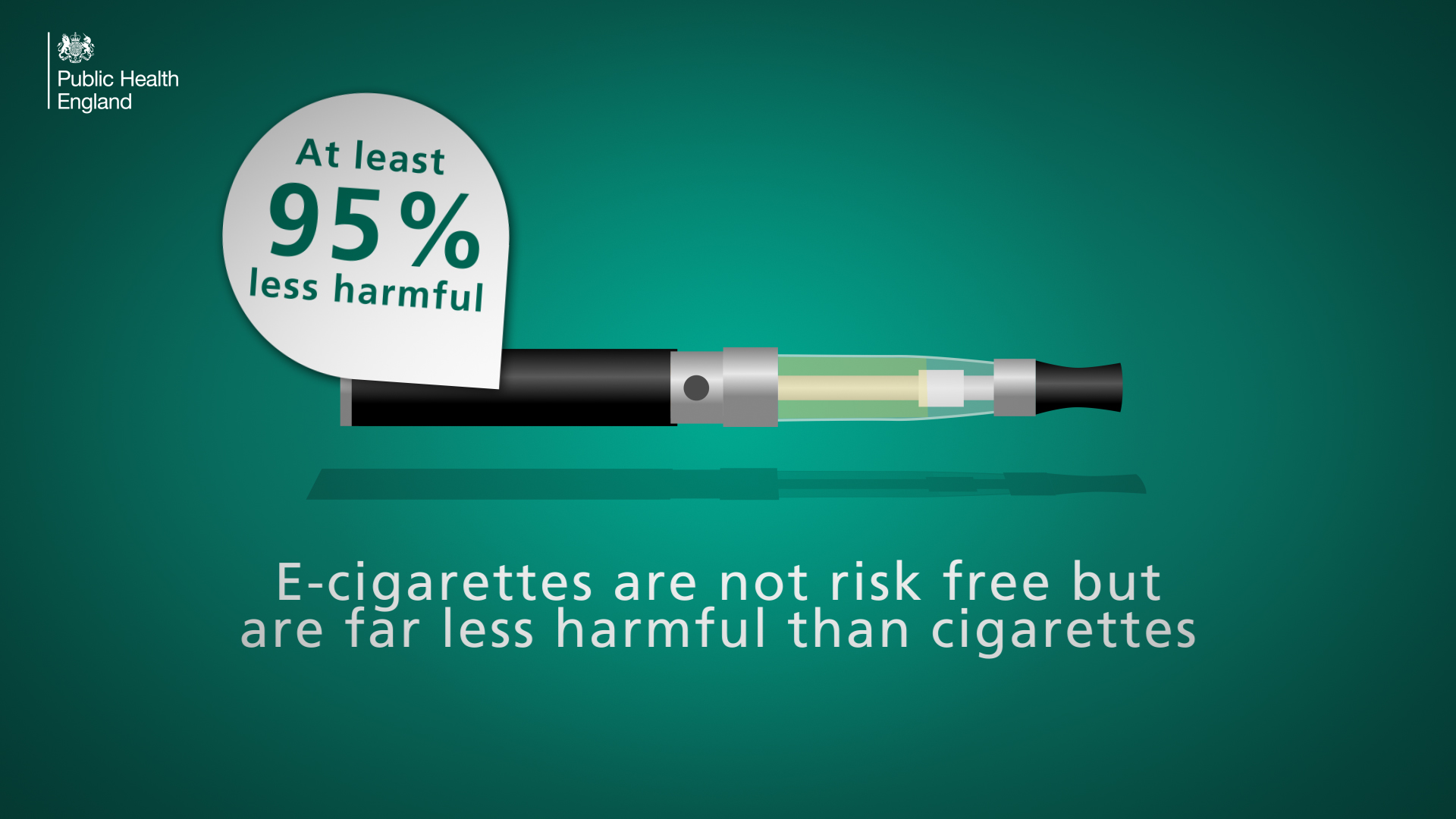

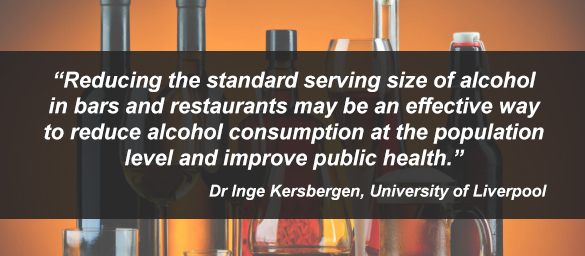
 The study tested the five separate app modules (you can read more about the app’s different features in a previous
The study tested the five separate app modules (you can read more about the app’s different features in a previous  “Excellent app that is so useful. Would definitely recommend it.”
“Excellent app that is so useful. Would definitely recommend it.”
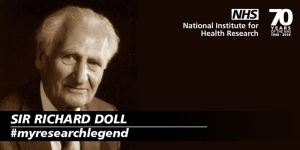
 Also, due to research which was only possible because of his early work, I can offer smokers numerous types of cessation support. It’s even possible to refer on to Stop Smoking Services (SSS) for specialist help, though a major cloud on the horizon is that these vital services are no longer universal; they are endangered.
Also, due to research which was only possible because of his early work, I can offer smokers numerous types of cessation support. It’s even possible to refer on to Stop Smoking Services (SSS) for specialist help, though a major cloud on the horizon is that these vital services are no longer universal; they are endangered.



